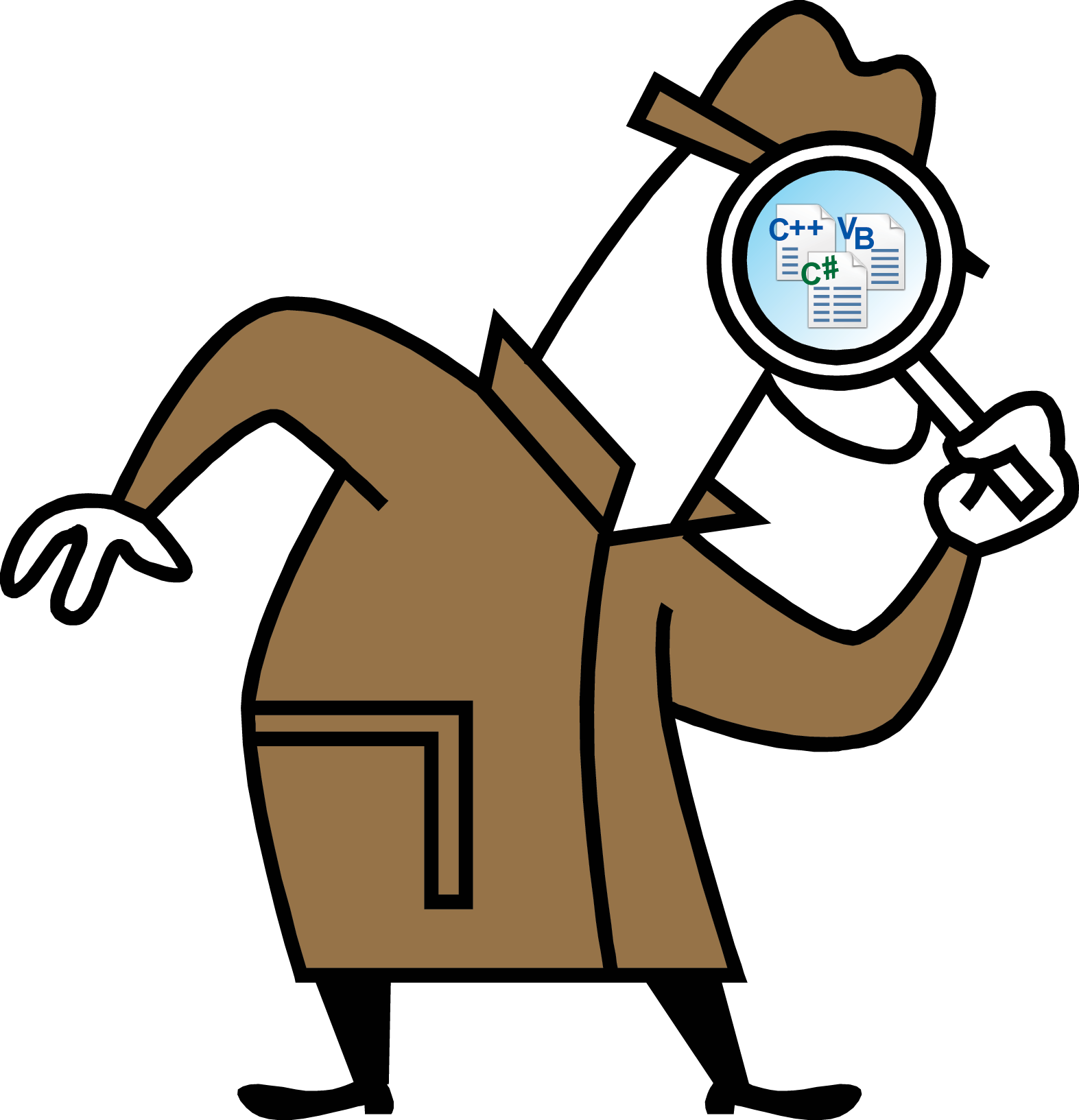Deep Intellisense is based on the Bridge, a graph of developers and their activities like source code checkins, bug database entries, and mailing list messages where each entry is linked to another when there is a relationship between them. For example, a source code checkin was authored by a particular developer. A tester opened a bug report. A user emailed a stack trace from a crash to the recipients of a mailing list. Deep Intellisense presents a code-centric view of this graph: for any code entity (class, method, field, property) that you click on, it shows the related checkins, bugs, mailing list messages, and people discovered through transitive two hop graph traversals.
Deep Intellisense presents three views: Current Item, Event History, and Related People.
<Screen shot of Current Item View>
The current item view shows the current code entity that is selected in the Visual Studio editor. It summarizes the checkin, bug and discussion forum messages that are related to the particular code entity. If you clicked on a method call, or use of a class or variable, Deep Intellisense may have trouble recognizing exactly what the fully qualified name of the entity is (Deep Intellisense works at a parse-level, but performs no semantic analysis). In this case, it will show a pulldown menu to let you pick from a set of alternatives. A button allows you to search for this symbol in MSDN.
<Screen shot of Event History View>
The event history view shows a sorted list of bugs, checkins and discussion forum messages that we have discovered are related to the selected code. By clicking on the bug title, change set, or message title, you can bring up further information. If you click on the associated person's name, you can email them to ask them a question. This view also allows you to dynamically filter the entries you see using a word wheel, and lets you sort the entries by date, person and event type.
<Screen shot of Related People View>
The related people view pulls out all of the people related to the code and
lists them in alphabetical order. It shows the number of bugs, checkins and
forum messages each of them has created about the particular code that is
selected. In addition, you can click on a person's name to send him an email
with a question. There is a little social tagging in Deep Intellisense: if you
like a person's checkins or messages and want everyone to pay attention to them,
clicking on the green thumbs-up icon
![]() will
attach the icon to all events by that person in the event history view. If the
person is irrelevant to your code investigation, clicking on the red thumbs-down
icon
will
attach the icon to all events by that person in the event history view. If the
person is irrelevant to your code investigation, clicking on the red thumbs-down
icon ![]() will hide their corresponding events from the event history view. To see these
hidden events again (and turn off the red thumbs-down icon), click the Show All
button in the related people or event history view.
will hide their corresponding events from the event history view. To see these
hidden events again (and turn off the red thumbs-down icon), click the Show All
button in the related people or event history view.
